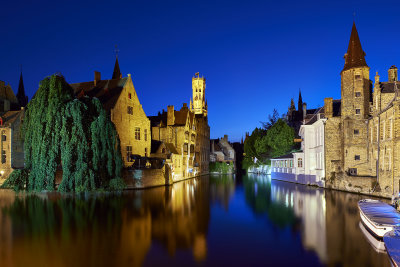- Messages
- 30,186
- Solutions
- 112
- Reaction score
- 12,428
Daniel R. Joder found the same issue with the metering mode as you in similar scenes and wrote:
"–Sometimes highlight-weighted metering mode overdoes it, making your photograph way too dark, so you may want to try dialing in 1/3, 2/3, or even a full stop of exposure compensation on the plus (bright) side. Experiment."
Not always the best metering mode
"–Sometimes highlight-weighted metering mode overdoes it, making your photograph way too dark, so you may want to try dialing in 1/3, 2/3, or even a full stop of exposure compensation on the plus (bright) side. Experiment."
Not always the best metering mode




